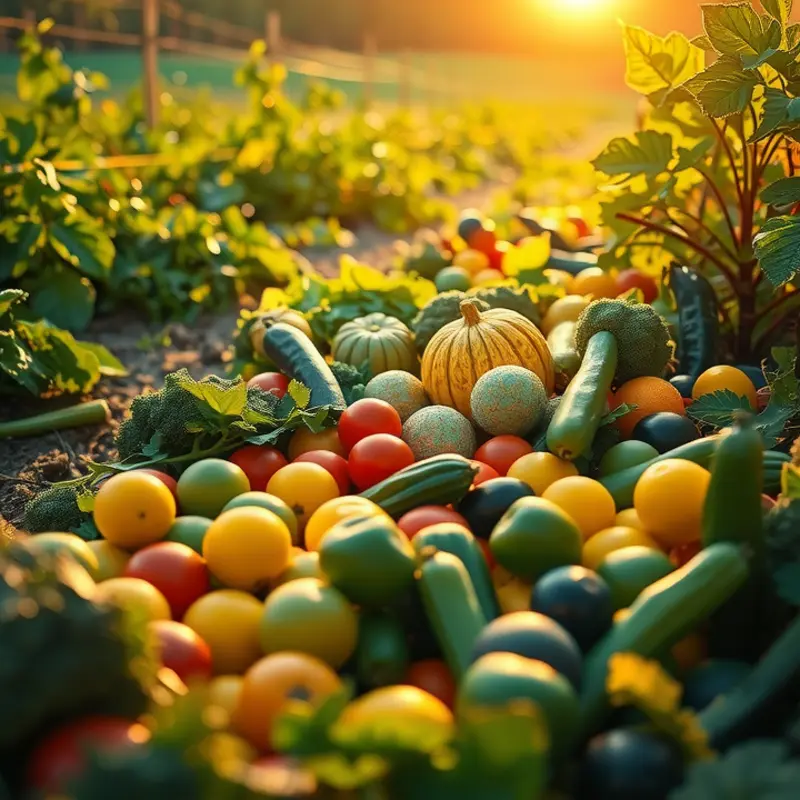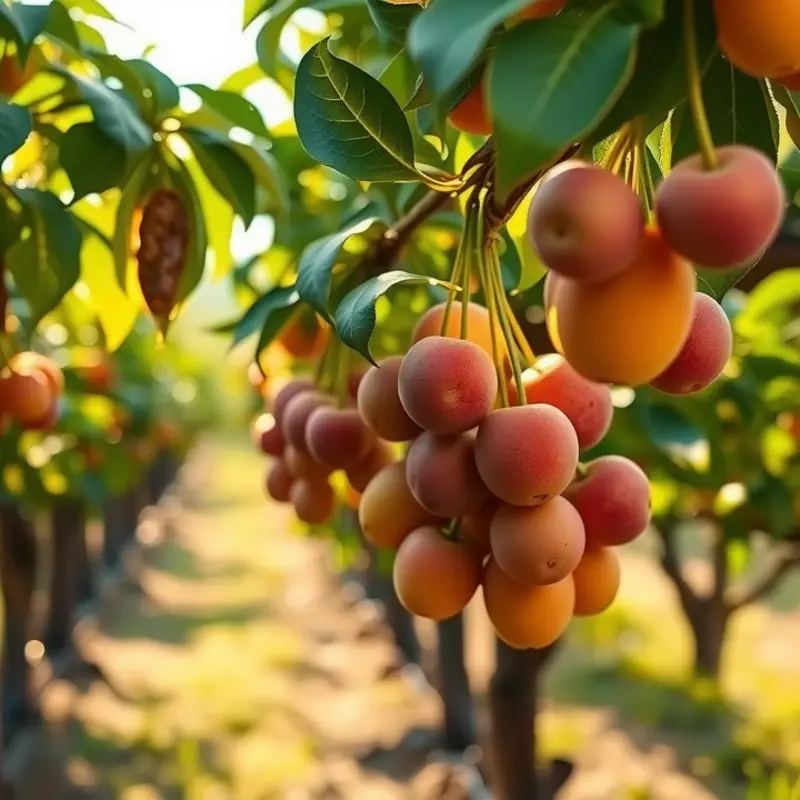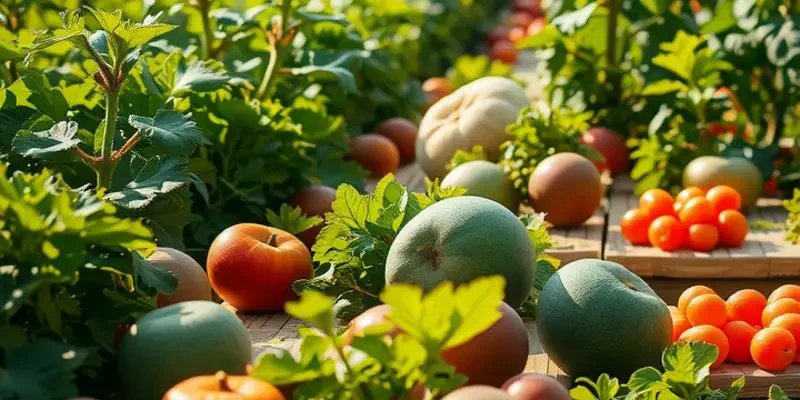Freezing is one of the best methods to prolong the life of your food, reduce waste, and save money. By following proper practices, you can preserve the quality, taste, and nutritional value of your meals. This article explores effective strategies for freezing food safely and efficiently, making it easier to manage your kitchen and pantry while enjoying fresher ingredients every day.
Preparing Food for Freezing: The Essentials

To effectively preserve food through freezing, proper preparation is crucial. This begins with cleaning your produce. Removing dirt and bacteria not only ensures safety but also helps maintain the food’s quality. Use cold water to clean firm vegetables and fruits. For delicate greens, immerse them in a basin to avoid damage.
Once cleaned, cutting is the next critical step. Chopping produce into manageable pieces speeds up freezing and thawing processes. This is particularly important for fruits and vegetables, which can become unwieldy when frozen whole. For meats, separate portions before freezing to ease future meal prep and prevent thawing unnecessary quantities.
Blanching vegetables is a vital preparatory method. It involves briefly boiling vegetables, then rapidly cooling them in ice water. This process stops enzymatic actions that cause loss of flavor, color, and texture during freezing. Blanching times vary by vegetable, so ensure you follow guidelines to optimize results.
Choosing the right packaging for your frozen goods prevents freezer burn and keeps them fresh. Opt for moisture-vapor resistant materials like heavy-duty aluminum foil, freezer-grade plastic bags, and airtight containers. Remove as much air as possible before sealing to prolong the shelf-life and quality of the item. A vacuum sealer can be advantageous for this purpose, although not mandatory.
Proper labeling is indispensable. Include the name of the item and the freezing date. This practice aids in inventory management, reducing waste by ensuring you consume older items first. Having an organized freezer not only saves time but also contributes to sustainable cooking habits. For a deeper dive into eco-friendly practices, visit our Eco-Smart Kitchen Storage guide.
Consider the freezing method best suited for each food type. Flash freezing, spreading items on a tray before packing, is excellent for foods like berries or individual meats, preventing them from clumping together in storage. Once solid, you can consolidate them into containers.
Incorporating these preparatory steps ensures your efforts to freeze food retain both flavor and nutrition. By paying attention to details such as cleaning, cutting, packaging, and labeling, you can transform your freezer into an efficient, waste-reducing resource within your kitchen.
Maximizing Your Freezer’s Potential: Storage and Organization

When it comes to maximizing the potential of your freezer, careful organization is key. Start by zoning your freezer into different sections based on food type. Designate specific areas for meats, vegetables, fruits, grains, and dairy to streamline access and reduce open-door time. Prioritize frequently used items by positioning them in easy-to-reach spots.
Employing vertical stacking can also make a significant difference in optimizing freezer space. With flat-packaging, you can create neat stacks that are not only easy to scan but also minimize space wastage. When packing, pressing out as much air as possible can help prevent freezer burn; this is crucial for maintaining food quality over time.
Using the right containers plays an essential role in freezer organization and food preservation. Opt for airtight glass or sturdy plastic containers, which are often more space-efficient and better at sealing in freshness compared to bags. Vacuum-sealing is another effective option, especially for meats and fruits, to extend their shelf life and retain flavors.
Labeling is a strategic aspect of organization, helping track expiration dates and rotation. Use waterproof labels and a permanent marker to note down the contents and date of freezing. This method ensures you use older items first and restock appropriately, reducing food waste effectively. An organized labeling system can be invaluable, encouraging mindful consumption and a sustainable approach to food storage.
Freezer burn can be managed by keeping temperatures consistent, ideally at 0°F (-18°C) or lower. This reduces ice crystal formation, which can damage food texture and flavor. Consider rearranging items routinely to ensure the cold air circulates, prohibiting any warm pockets from forming. Relying on this method enhances the preservation of flavors and nutrients, making meals tastier and healthier.
For those keen on reducing food waste even further, incorporating a low-waste approach in prepping food for freezing offers added benefits. Refer to tips on efficient meal preparation and ingredient usage to complement your freezing habits and achieve a more sustainable kitchen environment. This can be explored in more depth here: Low Waste Cooking and Prep.
Ultimately, when you combine strategic organization, proper container usage, and consistent labeling, your freezer goes from a chaotic storage unit to an efficient tool for food management. This not only saves time and money but also supports a smart, eco-friendly lifestyle where food remains fresh, and waste is minimized.
Final words
Freezing not only helps keep your food fresh but also aids in managing your resources wisely. Equipped with these best practices, you can confidently store various foods, minimizing waste while ensuring you always have quality ingredients on hand. From preparation to organization, every step counts towards creating a more efficient kitchen environment and a sustainable approach to food management. Enjoy the benefits of a well-stocked freezer that supports your culinary adventures.







